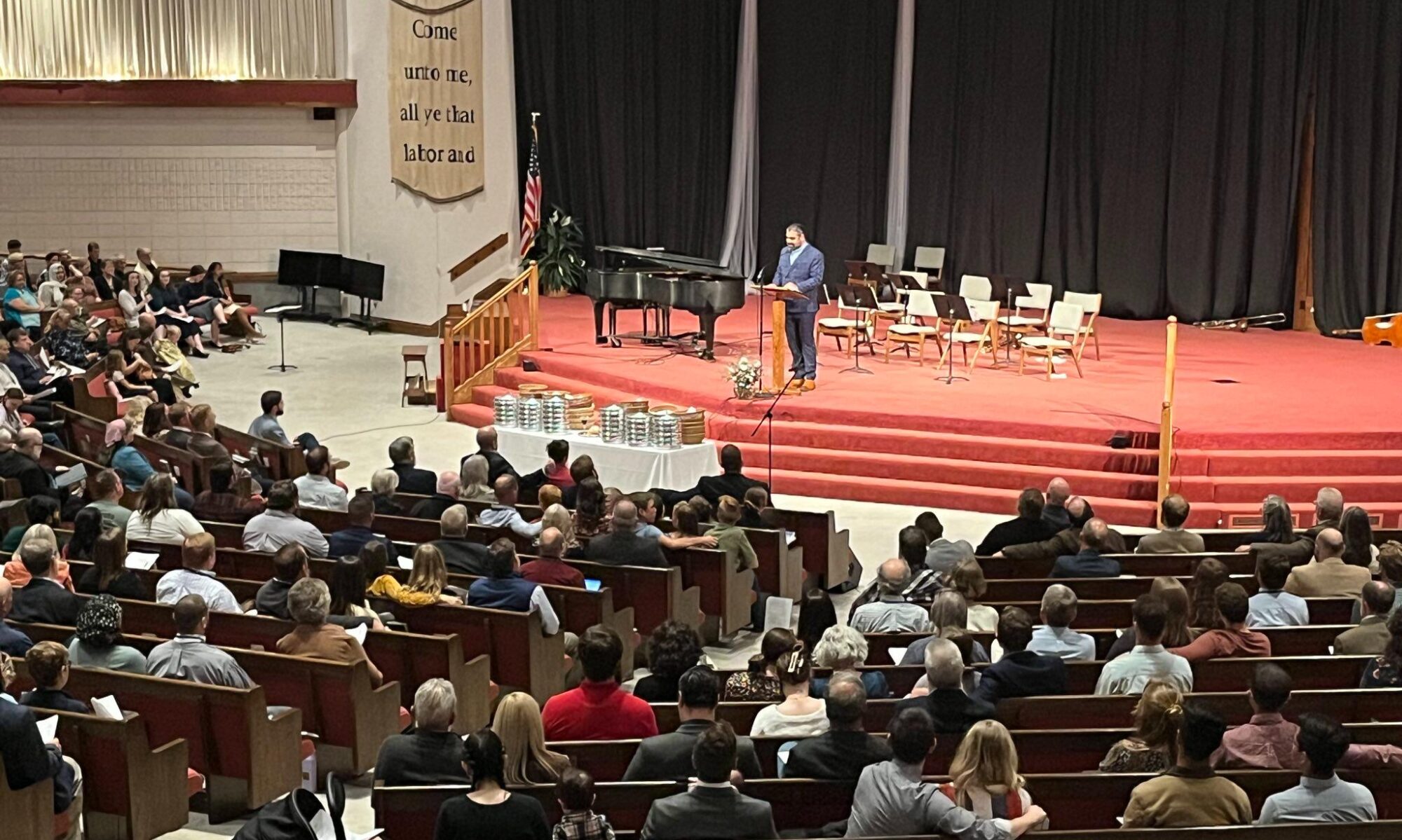Healing is a highly liturgical act. Jesus demonstrates this in a variety of ways, and we too ought to demonstrate it. The idea of cessationism does not do justice to the normative function of the New Creation Church. Cessationism implies a form of termination from those acts which I believe are actually accentuated for us in this age. As I have argued elsewhere, John Frame’s language of semi-cessationism (or what I call transformationism) is a much better term to describe this theological concept. There is no doubt in my mind that those gifts– particularly healing–had a distinct function. Jesus was exorcising Satan, sickness, and sin. This is a form of healing the nations from demonic oppression. The Kingdom of God was coming by force. But this healing now takes on an ecclesiastical shape. Healing is still healing. Satan, sickness, and sin are still exorcised, but through the body and through unique functions of the body. Jesus’ healing ministry takes on a new form in the midst of the holy assembly.
What Jesus does in Luke is a model for what the Church does in Acts and throughout. The mission of the Church is bound up in healing the nations. But she does this through different means. She does this by upholding and supporting institutions that cherish God’s justice, by nurturing her people from brokenness to health, and from mourning to joy. The Church is a healing place. In worship, God’s people are experiencing the healing power of forgiveness and the constant pain of that divine surgery performed by the piercing Word of the Lord.
Liturgy is a form of healing. As Rich Lusk observed: “Liturgy is the ultimate form of pastoral care and nurture.” Why is it crucial to be in Church and of the Church? Because it is there through the different liturgical experiences that the soul and body are nurtured. It is there where theological medicine is given and where healing is found.
The Church also does this outside of her gathered body. She ministers healing through deeds of mercy. She provides healing to the divorced and widow. She prepares meals and brings joy to the recovering mother after birth. She provides healing through encouragement and exhortation. In short, healing is a highly liturgical act. The Church continues what our Lord started. She does this through means, through oil (James 5), through Word and Sacrament, through rebuke and rejoicing. The Church is God’s house of healing.
